I'm trying to devise a strategy to allow my system to run off lithium batteries. From what I understand charging a lithium in freezing temperatures is a big no-no, and my project will face these during winter, so I'm wondering about diverting solar charging energy towards a heating element (heat tracing wrapped around the battery?) during these conditions so that I can continue safely charging.
Here's a concept of what I've come up with:
A temperature sensor connected to the MCU determines when a freezing condition exists and controls the relays.
In a freezing conditions the battery is only allowed to discharge (in the diagram above it's shown in the wrong switch position - sorry), and the heating element is switched on, driven exclusively from the solar input.
Both relays would need to be bi-stable type so that
- The coil doesn't need to be constantly supplied current (this is a power-constrained device)
- If the battery fully drains and there's no solar input then with the MCU off the system maintains its last state.
My ESP32 and its connected LTE-M module draw ~150mW on average (with Tx/Rx spikes every 15 minutes). I'm looking for about a 15W 30V solar panel, and the battery I'm targeting around 20Ah (74Wh). I'll want my heating scheme to not add significantly to the power footprint when it's disengaged.
The application is for continuous acquisition of sound data from an I2S microphone, processing, and cloud upload of statistical data. The power numbers above are measured from my prototype.
Does this design make sense? Are there any obvious flaws I'm not seeing, or likely pitfalls? Am I reinventing the wheel here, ie are there any design patterns out there for this kind of thing?
Thanks in advance.
